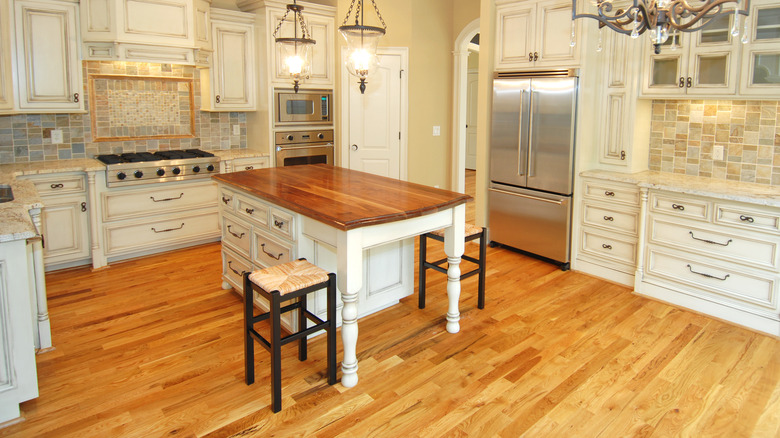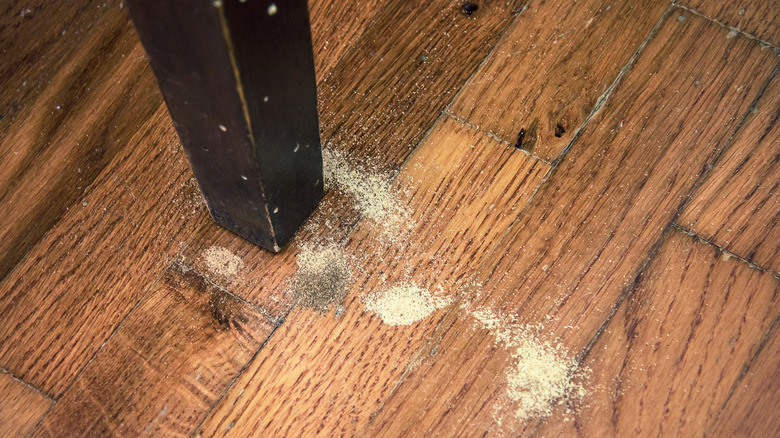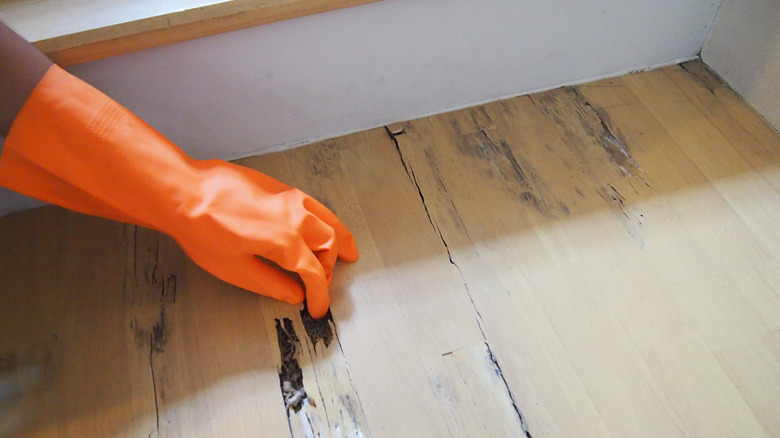Common Household Bugs That Can Destroy Your Hardwood Floors
While hardwood floors may bring beauty and value to your home, they also comes with a caveat. They offer a hospitable environment for various bugs, like termites, powderpost beetles, and carpenter ants. These insects can wreak havoc on hardwood floors, and even the smallest of openings — minor cracks or holes — can allow them to infiltrate your home. Once inside, these insects don't just stop at being uninvited guests, they can set up entire colonies within the flooring itself, chipping away at your investment.
An insect infestation can result in not just aesthetic damage but significant structural concerns that may require expensive treatments or even the complete replacement of your floors. These pests can swiftly turn your prized floors into a crumbling mess if left unaddressed, however, there's no need for panic or immediate despair. You can successfully guard your hardwood floors against these unwelcome intruders, and knowing the signs of their presence is your first line of defense, followed by steps to manage the problem.
How to identify termites, powderpost beetles, and carpenter ants
Termites often remain undetected since they eat away at the wood from the inside. One of the first signs of a termite infestation is often the discovery of what looks like sawdust but is, in fact, termite droppings near the affected areas. You might also see these tiny, winged insects near your entry points, like windows, doors, or light fixtures. As the infestation progresses, your floors may start to sag or sound hollow when you walk on them, indicating that the wood has been compromised.
Adult powderpost beetles lay their eggs in the wood, and the larvae feed on it as they grow. Look out for small, round holes in the surface of your hardwood floors, accompanied by fine, powder-like wood dust. This is a telltale sign of a powderpost beetle infestation. The holes they leave behind may be small, but they indicate that the internal structure of the wood is being weakened.
Carpenter ants don't consume wood but excavate it to create their nests. They normally nest above the ground, and you can sometimes see them emerging from small openings in the wood. If you hear faint rustling noises coming from your floors, especially at night when carpenter ants are most active, it may be time to investigate further. Another telltale sign of carpenter ant activity could be small piles of sawdust-like material known as "frass," which they remove from the wood as they build their colonies.
Tips on how to prevent bugs on hardwood floors
When getting rid of termites and other bugs, prevention is always better than cure, so taking proactive measures can make a significant difference. First, always ensure that your wood is pressure-treated before installation. While not entirely bug-proof, pressure-treated wood is far more resistant to insect invasions than untreated wood.
Maintaining the correct moisture levels in your home is another crucial preventative step. Insects like termites and carpenter ants are highly attracted to damp environments. Damp wood is an open invitation for these bugs, and fixing these issues quickly can deter them from setting up shop in your floors. It might also help to install a termite barrier around your home's foundation. This serves as another layer of protection to keep these destructive bugs at bay.
Finally, don't underestimate the power of regular inspection and cleaning. Establish a routine of sweeping and mopping your hardwood floors to get rid of any food debris that can attract insects. Keep a close eye out for any cracks, holes, or other evidence of deterioration on your floors that could act as insect entry points. If you notice anything suspicious, it's advisable to consult a professional for an in-depth inspection and appropriate treatment.


